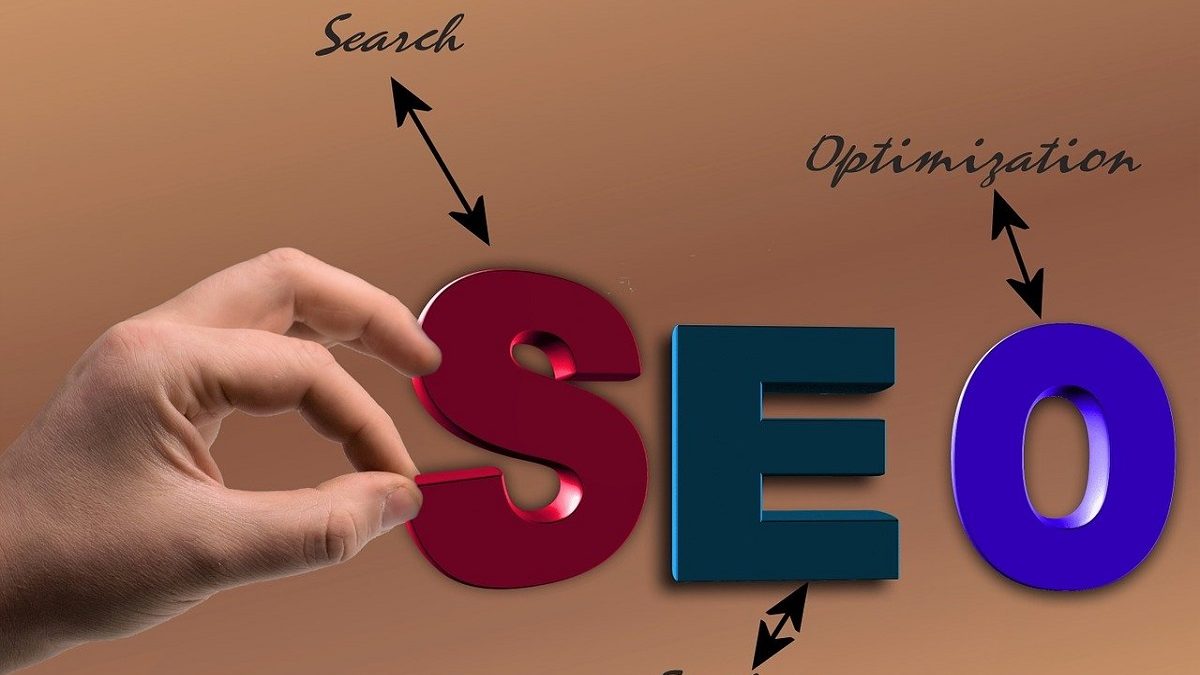Table of Contents
SEO Definition
SEO (Search Engine Optimization) indicates a series of techniques implemented internally and externally on pages and websites used to make it easier for you to be found on the Internet through search engines. They are alternatives to the initiative of trying to find you using other types of advertising methods or systems. They focus on maximizing visibility in the organic results of search engines for terms related to the theme of a specific business or activity.
Although SEO is the best-known term, we can call it in different ways:
- Web positioning.
- Search engine optimization.
- Google positioning.
- Organic or natural positioning.
- SEO positioning.
And so, different variants.
From the definition, we must keep two ideas:
Increased visibility: The objective of SEO is to make more visits to a page arrive.
Search Engine Optimization: Although Google is the king of search engines (and whenever we talk about SEO, we mean Google), the meaning of SEO applies to all search engines (Bing, Yahoo, etc.).
But to understand what SEO or search engine optimization is, it is best to present a series of concepts. Knowing which actors influence search engine positioning and understand the fundamentals associated with them will provide a more competitive global vision to anyone who wishes to create content to position them.
Also Read: What is Network Optimization? Definition, Benefits and More
A little History of SEO
In the 90s, the search for information on the Internet began to be possible thanks to the first search engines, software accessible to any user who had a computer with a network connection.
The ease of finding information with minimal effort according to the search criteria of the user and thanks to the simpler interfaces of the search engines compared to other more complex directory systems, made the public to choose them as the best option making them gain popularity against the previous systems.
The search engines track information and content on the Internet following the links that connect some pages with others, giving them a score using an algorithm, which will also determine their position or order within a result index.
When the user makes a query in the browser, the search engine locates and offers the results best related to the search term, also considering its relevance and the level of popularity.
Types of SEO that exist in web positioning
Within what is web SEO, different branches can be distinguished. We see it.
#1. According to what SEO works
In this case, search engine positioning is divided into two large branches: On-Page and Off-Page.
A. SEO On Page
We call SEO On-Page factors all the techniques we use to optimize our website. For example:
- The content of the web.
- The internal structure
- Indexability (we’ll see later).
- Web architecture.
- The images, etc.
These factors are the most technical of SEO, but they are also responsible for 90% of the success of an SEO strategy. In Your Web Positioning, we are experts in SEO On Page, which differentiates us from other companies that only focus on SEO Off-Page and set aside web optimization.
B. SEO Off-Page
We talk about SEO Off-page factors when we refer to parameters that do not depend on the website itself; that is, they are external factors. For example, the links that point from other sites to ours.
For many years, these links have been manipulated to fool Google, but, as we will see later, you can no longer deceive the king of search engines so easily.
Although backlinks (external links that point to our website) remain essential within the algorithm, but it also tends to value other aspects, such as the user experience. Hence we are reluctant to use these types of strategies.
Link building is much more effective to work if your link building agency focuses on building link from SaaS and niche specific domain using strategies like content marketing backed by SEO copywriting, because that way you will get natural (and not penalizable) links.
Domain Authority is a main factor in Off-Page SEO. It is a metric given by Moz and many businesses try hard to increase domain authority. We are pleased to introduce our Domain authority services.
And we cannot forget the Off-Page positioning based on branding (your brand image), which is fundamental for us.
Within what web SEO is, different branches can be distinguished, such as On-Page and Off-Page optimization. Tools like rankcaddy.io can be utilized to enhance the effectiveness of these strategies.
#2. According to the strategies to use
We enter a more controversial world, and SEO can also be defined by talking about the three famous hats of [SEO]:
- White Hat [SEO]
- Black Hat [SEO]
- Gray Hat [SEO]
Depending on the strategies that the SEO expert uses, one or another hat will be assigned. Let’s see it.
A. White Hat [SEO]
White hat SEOs meet the quality guidelines for Google websites. This means that we never use illegal tactics for the search engine, or that we don’t try to trick you into manipulating the positions in the Google search ranking.
The reason: is it worth it to play all your current and future web positioning (some websites never recover from a penalty) for using illegal techniques?
They make no sense to us.
B. Black Hat [SEO]
And as you can imagine, black hat SEOs are those who try to manipulate Google’s search rankings. Black hat SEO techniques look for loopholes that Google cannot detect to disrupt the rankings in its benefit or the benefit of its customers.
C. Gray Hat [SEO]
What are the gray hats? Those who stay a little on the line and risk more than the white, but do not use the more risky techniques of Black Hat SEO.
Also Read: What is MIMD? Definition, Features and More

